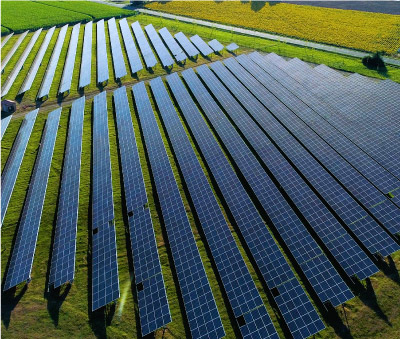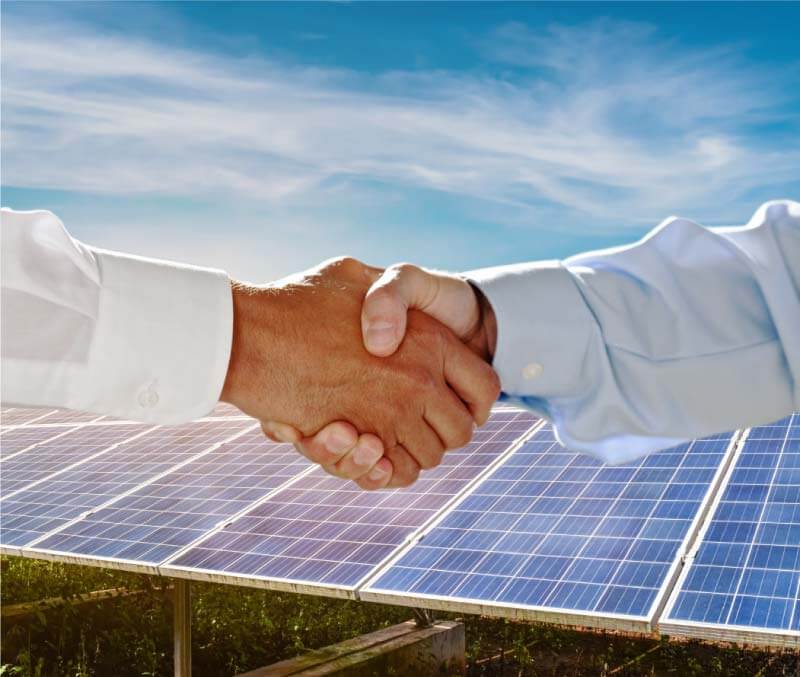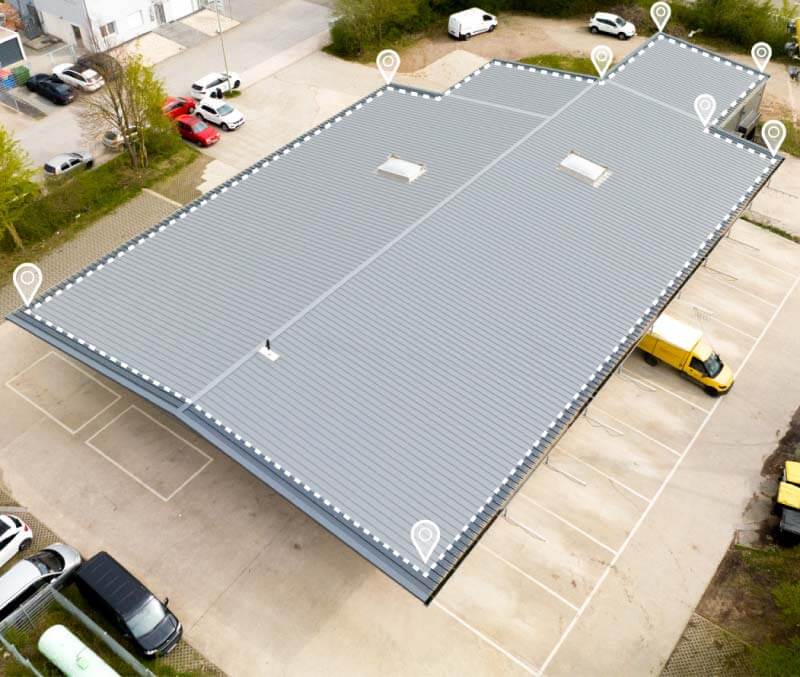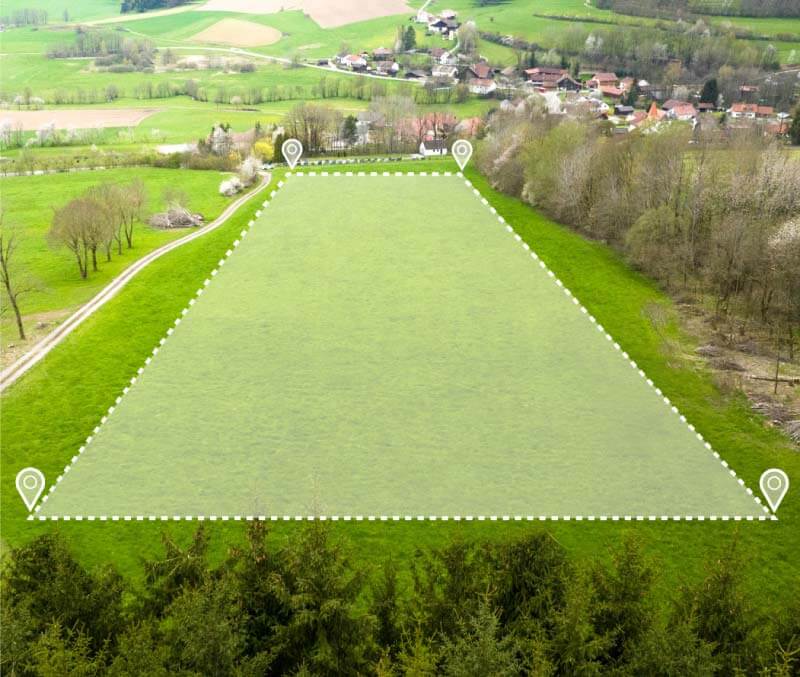Hydropower
Table of contents
What exactly is hydropower?
Hydropower is considered a renewable energy source and refers to the conversion of the potential energy of water into mechanical work with the help of a hydropower plant. In this way, generators are driven which can produce electricity.
Hydropower therefore counts as renewable energy and is the third most important form of electricity production worldwide. In 2020, for example, only more electricity was generated from coal and natural gas, while nuclear energy was even behind the 4,267 TWh (as at 2020) of electricity generated from hydropower.
The history of hydropower
The first traces of the use of hydropower can be traced back 5,000 years. Historians believe that hydropower was already being used in China three thousand years before Christ. The first water wheels for irrigating fields were used in ancient Egypt. The Romans and Greeks developed the technology further and used water energy in a variety of ways. For example, the Archimedean screw was invented in the 2nd century BC - it is still in use today.
In the 14th century, the potential energy of water power was harnessed for the first time with the overshot waterwheel. Further improvements in technology followed, especially during the Industrial Revolution. As early as 1866, it became possible to convert water energy into electricity, followed shortly afterwards by the first hydroelectric power plants. The first hydroelectric power plant in Germany opened in Bad Reichenhall in 1890.
And even today, technology is not standing still: Nowadays, hydroelectric power stations no longer require dams or concrete structures to utilize hydropower as a renewable energy source.
Hydropower plant: These are the differences in hydropower
- Small hydropower plants
A small hydropower plant is any hydropower plant that is smaller than 1 megawatt. Small hydropower plants can be used in stand-alone operation (i.e. without connection to the overall power grid) or grid-connected. They are characterized by a lower head of water and lower water masses, which leads to a reduced output. At the same time, the costs for small hydropower plants are lower than for a large hydropower plant.
- Run-of-river power plant
In a run-of-river power plant, the flow of a river or canal is used to generate electricity. The head at such a hydropower plant is comparatively low, while the volume of water can fluctuate with the seasons. These can be due to snowmelt or increased rainfall, for example. Run-of-river power plants are often built in conjunction with locks for economic reasons.
- Storage power plants
Storage power plants use high gradients and the storage capacity of dams or mountain lakes to generate electricity. This is done using turbines at the foot of the dam wall. In addition, there are pumped storage power plants, which are used to store electricity by pumping water up from the valley to keep it in the reservoir for a while and then passing it through the hydroelectric power plant again when required.
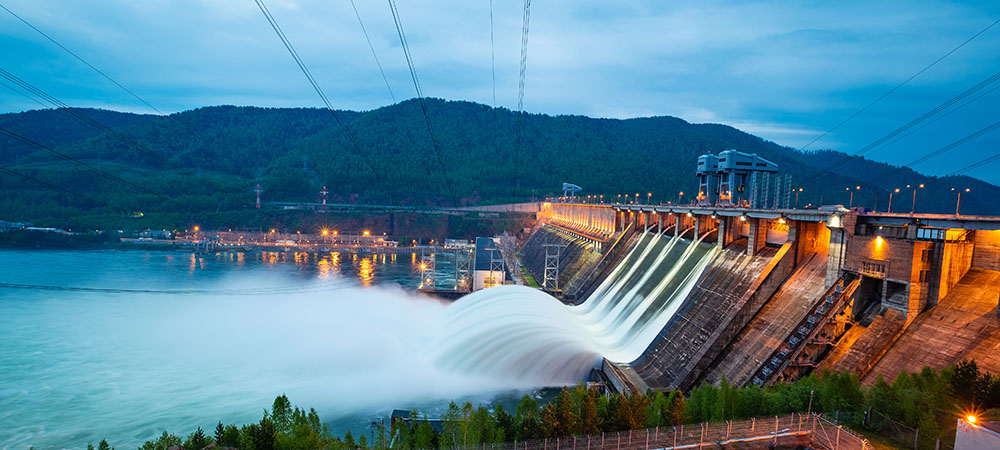
Using marine energy with hydropower
In other countries that have larger rivers or are more extensively surrounded by the sea, hydropower is being developed further and further, and it is even possible to buy electricity directly from hydropower. In Germany, the country's potential is practically exhausted: There are hardly any locations left that could be used, and electricity production using hydropower has leveled off at around 3% of total electricity output in recent years.
But does Germany also have access to the sea: is it not possible to use marine energy? The possibility of using marine energy on the German coasts is very limited. The North Sea and Baltic Sea only offer low wave heights and no sufficiently strong currents to generate electricity from the water.
But even if ocean energy can hardly be used in Germany itself, the Federal Ministry for Economic Affairs and Climate Protection is persistently researching in the field of water energy and ocean energy in order to support the expansion in other countries with technology and expertise.
Advantages of water energy
Energy generation is relatively independent of the time of day and season.
The dams serve not only as power stations, but also as flood protection and recreational areas.
By storing the water, provision is made for times when water is scarce.
Intermediate storage of energy from electricity and wind power is possible.
Water energy is environmentally friendly and almost CO2-neutral.
The technology is relatively simple and secure.
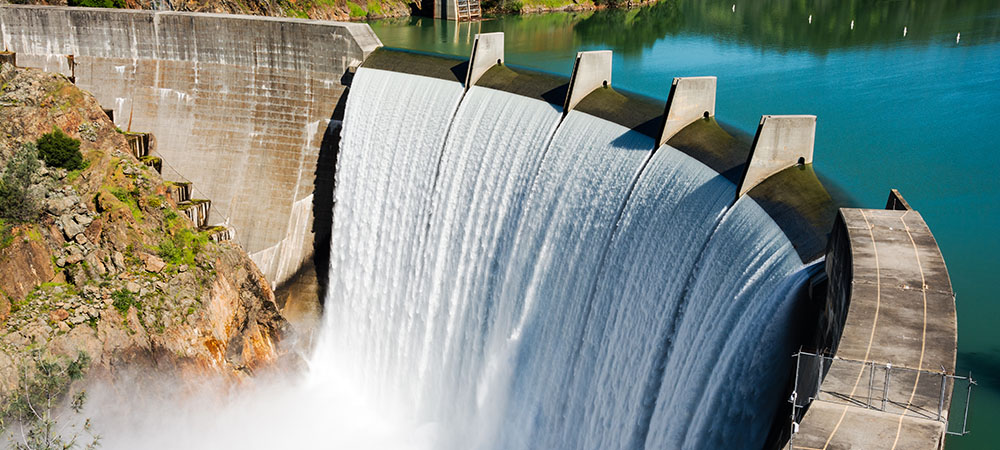
Disadvantages of water energy
Large concrete structures are needed to create dams and lakes.
Some hydropower plants can be dangerous for schools of fish and other animals.
A hydropower plant is very expensive to build and requires regular maintenance.
The potential for hydropower in Germany is practically exhausted.
The construction of plants for the use of hydropower represents an intervention in an ecosystem.
The biological and morphodynamic continuity of watercourses is interrupted.
Hydropower and the energy transition
Hydropower has a lot of potential in terms of the energy transition. Hydropower already makes a significant contribution to renewable energies worldwide. However, it should not be forgotten that although the potential is huge worldwide, it is practically exhausted in Germany. With a 3% share of electricity generation, hydropower makes up only a small part of the German energy mix.
Although we can all buy hydropower in the electricity mix, the proportion is very small. For comparison: in the record month for solar power, electricity from photovoltaic systems accounted for almost 20% of German electricity generation. If you want to continue promoting the energy transition, it is advisable to invest in other energies. Hydropower for the home, for example, is hardly possible - but having your own photovoltaic system is not a problem. So you don't have to buy hydropower to use hydropower at home, but you can use energy from the sun for your home.
Conclusion: Combining water energy with a solar system
And even if you don't have your own roof, you can still benefit from solar energy. Solar Direktinvest offers photovoltaic systems on leased roofs and open spaces as so-called solar investments. These PV investments are 100% owned by the buyer so that they can generate green and sustainable green electricity with the photovoltaic systems and feed it into the public grid.
With a solar investment, however, you are not only supporting the energy transition - you also benefit from a number of other advantages that result from operating the photovoltaic system. You can generate passive income for up to 40 years. The remuneration for the first 20 years after commissioning is guaranteed by the EEG. The low-maintenance technology, professional monitoring and comprehensive insurance provide you with additional protection. We even cover these with an all-round carefree package.
This makes it possible for you to receive a return of up to 10% per year if you sell the electricity via direct marketing. Power purchase agreements further secure the remuneration. In this way, investing in a photovoltaic system is not only lucrative and environmentally friendly, but also safe. In addition, there is still great potential for further expansion on Germany's roofs and open spaces.
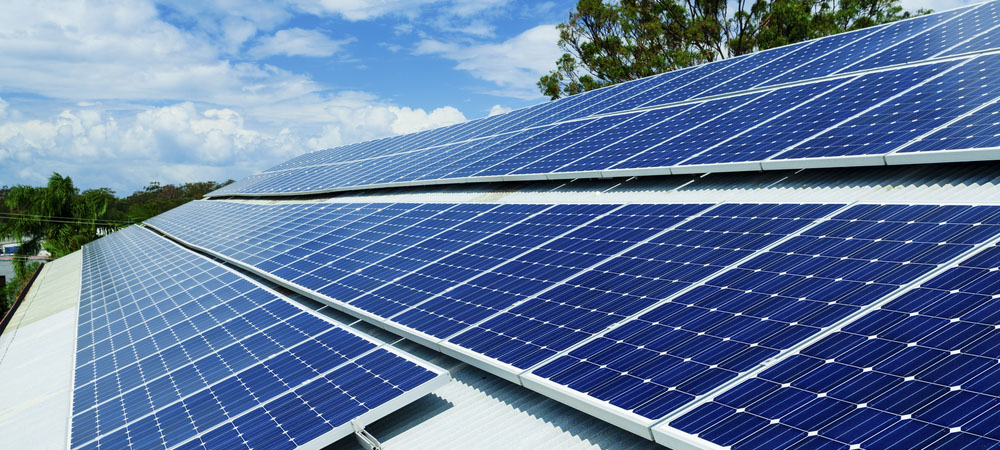
Contact us for your own solar system
Would you also like to be part of the energy revolution? Then purchase a photovoltaic system on a leased roof area! With a PV system, you can make an important contribution to the energy transition and generate a handsome passive income at the same time.
The first step towards your own PV system is to use our contact form below. After you have sent us a message, we will get back to you with possible offers.
